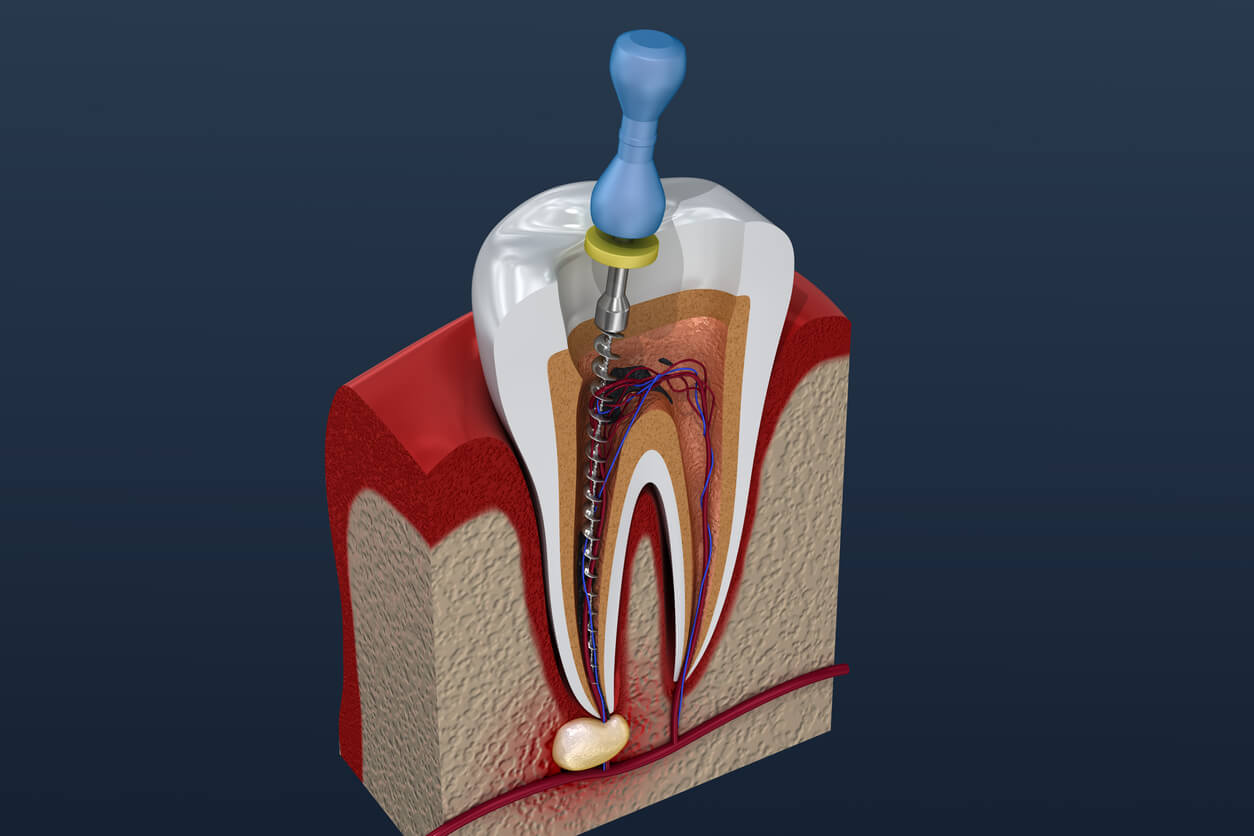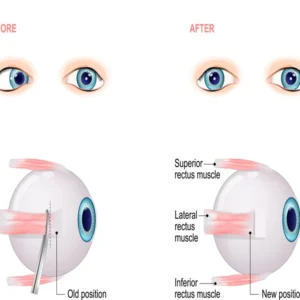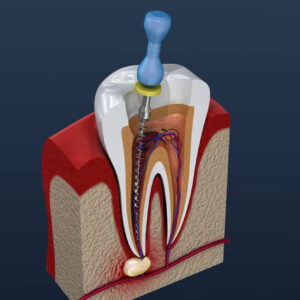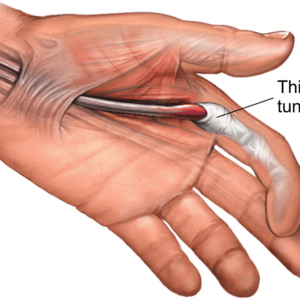Description
Familiarity with Treatment
Standard root canal treatment, also known as endodontic treatment, is a dental procedure aimed at treating the infected or inflamed pulp of a tooth. The procedure involves the removal of the diseased pulp, thorough cleaning and shaping of the root canal system, and the subsequent filling and sealing of the canals to prevent recontamination. This treatment is designed to save the natural tooth and alleviate pain and discomfort associated with pulp infection or inflammation.
Who is it Suitable for?
Standard root canal treatment is suitable for individuals with teeth that have infected or inflamed pulp. It is typically recommended when the pulp is irreversibly damaged due to deep decay, trauma, or other factors. The treatment aims to preserve the natural tooth and restore its functionality.
Who is it Not Suitable for?
Standard root canal treatment may not be suitable for individuals with certain systemic diseases, uncontrolled diabetes, chronic liver disease, chronic kidney disease, or certain blood disorders due to potential postoperative complications. Additionally, individuals with psychological illnesses or those who are pregnant may not be suitable candidates for this procedure.
Advantages
- Preserves the natural tooth, which is important for proper chewing, speech, and maintaining the alignment of surrounding teeth.
- Alleviates pain and discomfort associated with infected or inflamed pulp.
- Limits the need for ongoing dental work and can help maintain a natural smile.
Complications
- Postoperative pain and discomfort may occur, especially if the tooth had significant infection or complications prior to the treatment.
- In rare cases, the treatment may not be successful, and further intervention, such as retreatment or extraction, may be necessary.
Preoperative Care
Before undergoing standard root canal treatment, a comprehensive assessment of the affected tooth is performed by a dental professional. This may involve a review of the patient’s medical history, evaluation of any existing dental conditions, and the use of imaging techniques (such as X-rays) to assess the extent of pulp involvement. Preoperative care may also involve discussing the treatment plan, potential risks, and expected outcomes with the dental professional.
Postoperative Care
After standard root canal treatment, postoperative care may involve managing pain and discomfort, as well as following specific instructions provided by the dental professional. This may include taking prescribed medications, practicing good oral hygiene, and attending follow-up appointments to monitor the healing process. It is important to follow any dietary restrictions or recommendations provided by the dentist to ensure proper healing.








Reviews
There are no reviews yet.